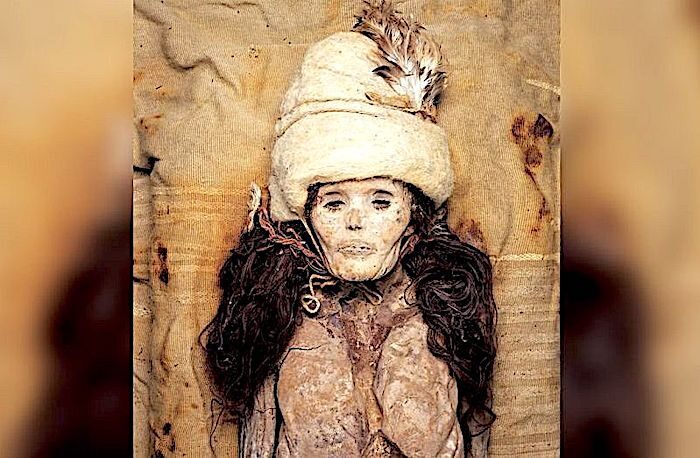MOESAN
Elite member
- Messages
- 5,888
- Reaction score
- 1,294
- Points
- 113
- Location
- Brittany
- Ethnic group
- more celtic
- Y-DNA haplogroup
- R1b - L21/S145*
- mtDNA haplogroup
- H3c
I never understood how people with so much East Eurasian ancestry were supposed to look so Western European. To my eyes their faces actually looked more East Asian than anything else, given their cheekbones and eyes, and even the noses looked pretty flat to me. It sometimes seemed to me that the only reason for thinking them western looking was the hair, and I was never convinced that was the result of genes rather than the process of mummification.
Maybe I'm wrong though. Anyway, I found the phenotypic information in page J of Supplementary Table I. They don't seem particularly high in derived alleles for de-pigmentation, but maybe I'm reading it incorrectly.
I agree. Even more evident for the first pic (a man, I suppose); the woman has something we can find partly among 'nordic' types, she shows some features common among some western Europe UpperPaleo and Mesolithic people; archaic common features not yet well "forked".ATW it isn't surprising to find some not branched off features among people rich in ANE. We see nevertheless that even among a relatively small and inbreeding pop we find somehow diverging features. The man seems a bit more "east-asiatic"like.









